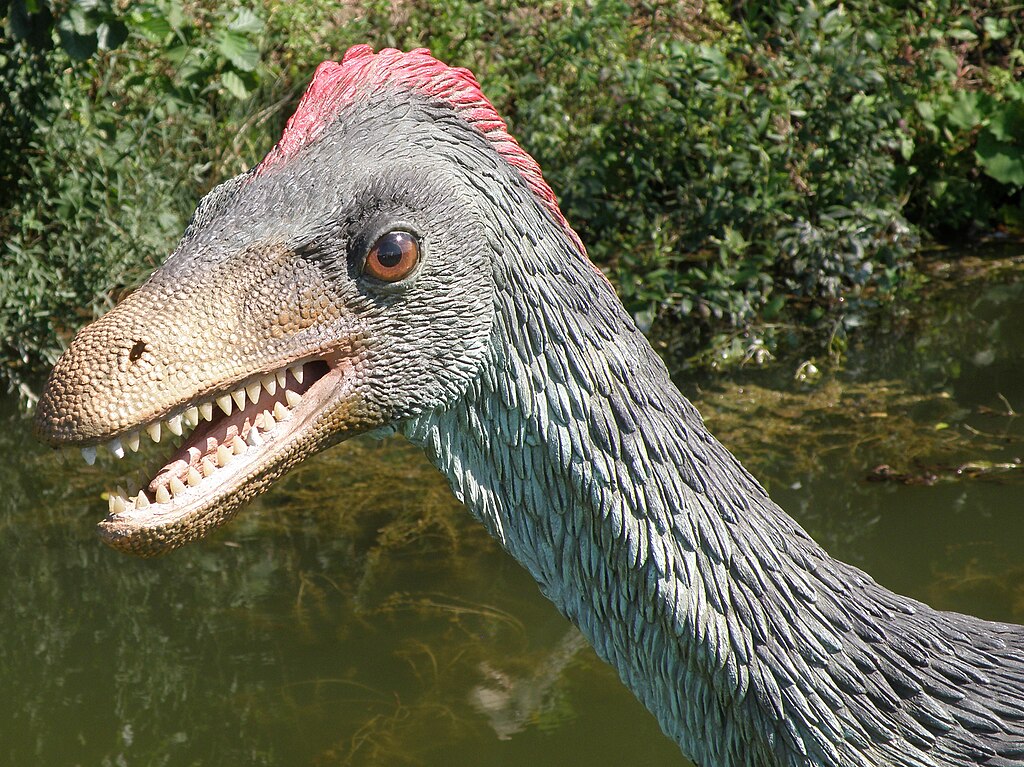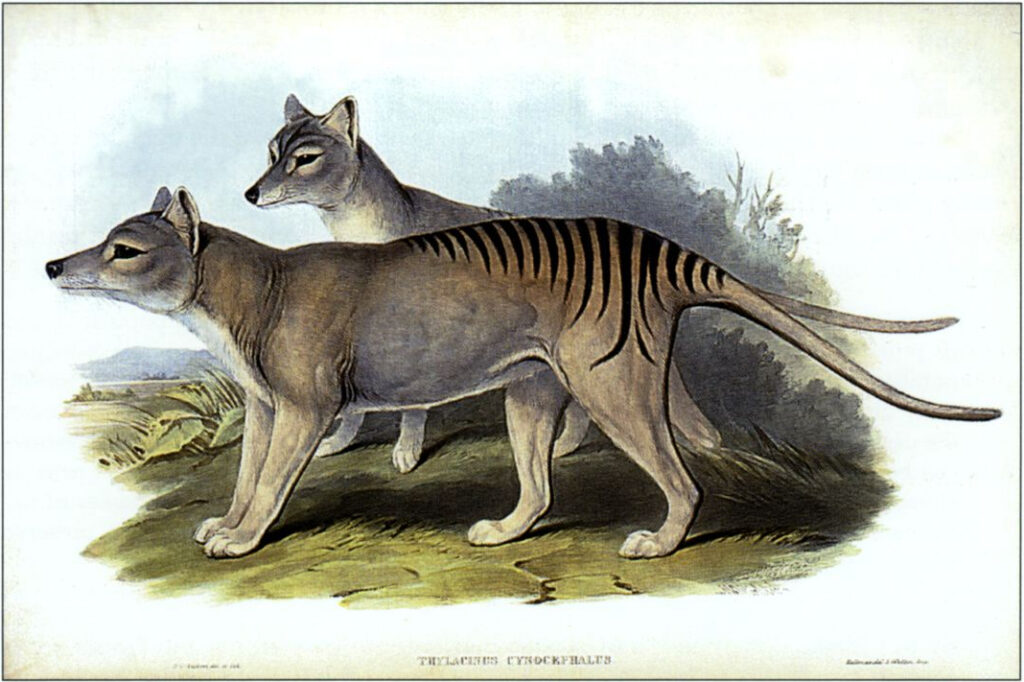In the scorching heat of Mongolia’s Gobi Desert in 1965, a Polish-Mongolian expedition stumbled upon something that would become one of paleontology’s most enduring mysteries. Two enormous arms, each measuring over eight feet long, jutted from the ancient rock like the remnants of a prehistoric nightmare. The claws at the end of these massive appendages were equally terrifying – curved, sharp, and longer than baseball bats. For nearly five decades, these arms would haunt the scientific community, spawning wild theories, heated debates, and countless sleepless nights among the world’s leading dinosaur experts.
The Discovery That Changed Everything
When paleontologists first laid eyes on those gigantic arms in the Nemegt Formation, they knew they had found something extraordinary. The sheer size of the appendages was staggering – these weren’t just big dinosaur arms, they were colossal. Each arm bone was thicker than a telephone pole and longer than most people are tall.
The Polish team, led by Zofia Kielan-Jaworowska, carefully excavated what they could find. Unfortunately, the rest of the skeleton seemed to have vanished into the geological abyss, leaving behind only these haunting limbs. The fossil was given the name Deinocheirus mirificus, which translates to “unusual terrible hand” – a fitting moniker for such an enigmatic discovery.
The Paleontological Puzzle Begins
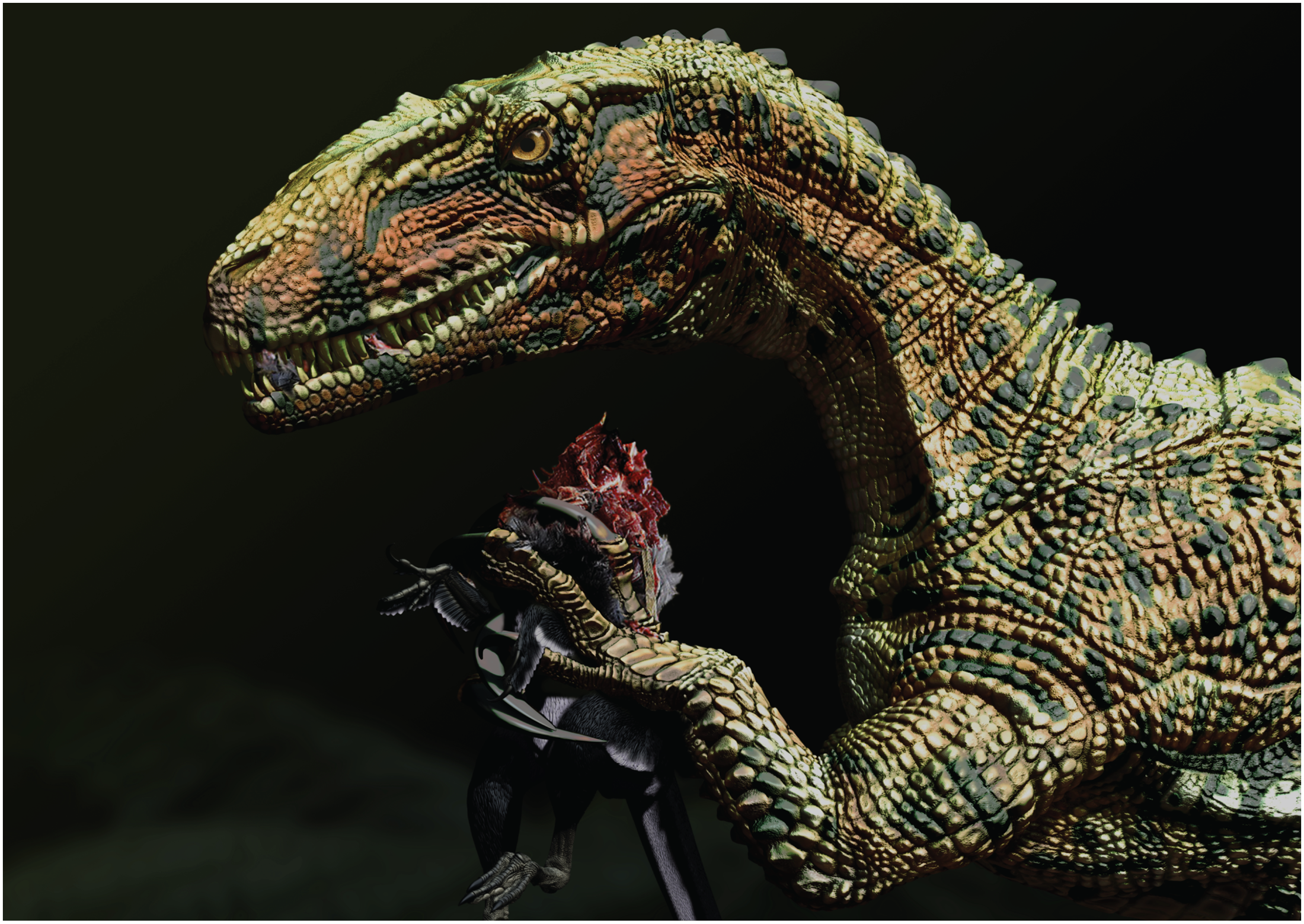
Imagine trying to reconstruct an entire elephant from just its trunk – that’s essentially what paleontologists faced with Deinocheirus. The arms were so unusual that they defied classification within any known dinosaur group. They were clearly from a theropod dinosaur, but the proportions were all wrong for a typical predator.
The scientific community was divided into camps, each with their own theory about what kind of creature could have possessed such massive appendages. Some believed it was a gigantic predator that made Tyrannosaurus rex look like a house cat. Others suggested it might have been a specialized plant-eater with unusual feeding adaptations.
The mystery deepened when researchers realized that the claws, while fearsome-looking, showed signs of being used for digging rather than slashing prey. This observation threw another wrench into the identification process, as most large theropods were known for their hunting prowess, not their excavation skills.
Wild Theories and Scientific Speculation
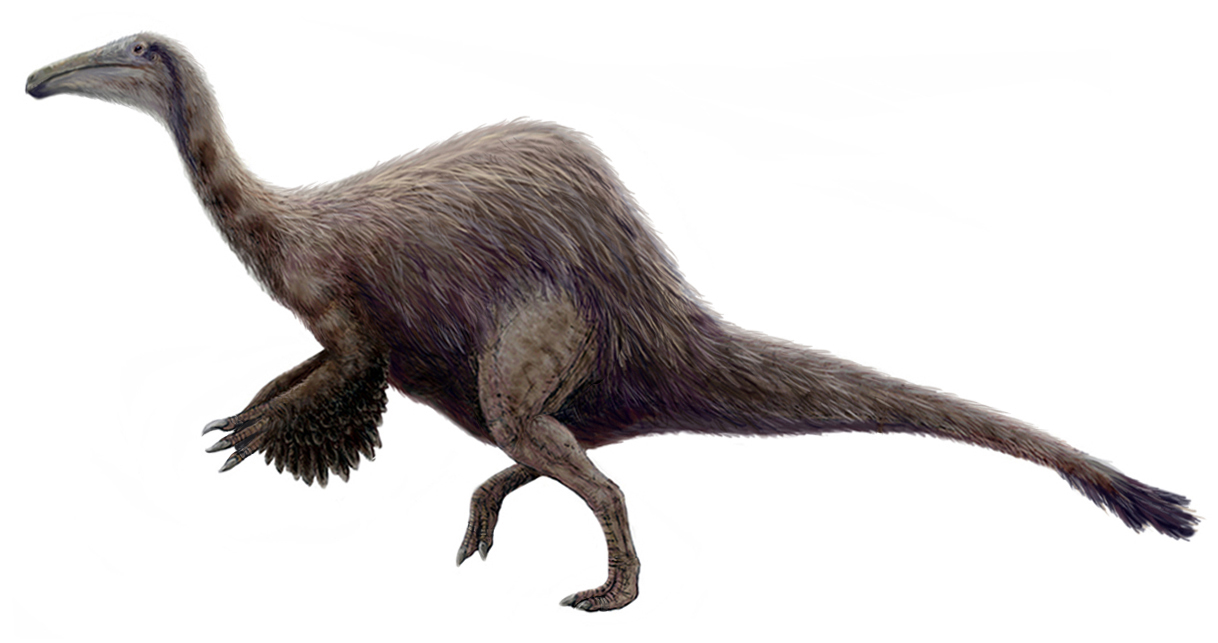
The lack of additional fossil evidence turned Deinocheirus into a blank canvas for paleontological imagination. Some scientists proposed it was a massive aquatic predator, using its enormous arms to catch fish or hunt in swampy environments. The idea of a water-dwelling giant with eight-foot arms captured the public’s imagination and found its way into numerous documentaries and books.
Others suggested it might have been a specialized egg-thief, using its long reach to raid the nests of other dinosaurs. This theory gained traction when considering the creature’s ornithomimid characteristics – a group known for their opportunistic feeding habits. The massive claws could have been perfect tools for breaking into even the most well-protected nests.
Perhaps the most dramatic theory proposed that Deinocheirus was a super-predator that hunted other giant dinosaurs. Proponents of this idea imagined a creature so large and powerful that it could take down sauropods with its massive arms. The mental image of such a beast stalking through Cretaceous forests was both terrifying and captivating.
The Ornithomimid Connection
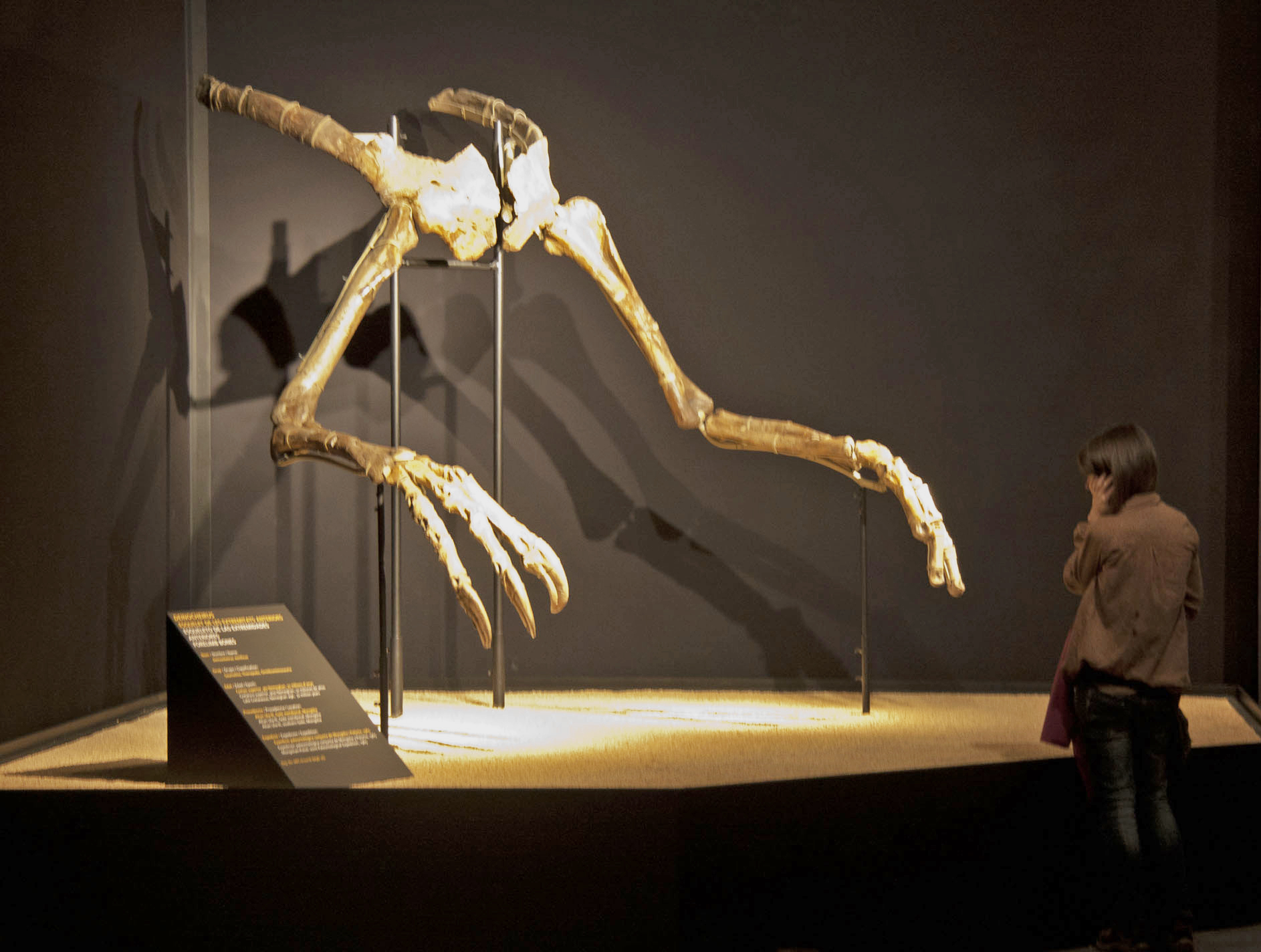
As paleontological techniques improved in the 1980s and 1990s, scientists began to notice subtle similarities between Deinocheirus and a group of dinosaurs called ornithomimids. These “bird-mimic” dinosaurs were typically small, fast-running creatures that looked somewhat like modern ostriches. The connection seemed impossible at first – how could those massive arms belong to what was essentially a giant bird-like dinosaur?
The relationship became clearer when researchers examined the bone structure more closely. The arm bones showed characteristics that were distinctly ornithomimid, including specific muscle attachment points and joint configurations. This discovery suggested that Deinocheirus might have been a massive member of an otherwise small-bodied dinosaur family.
However, the size discrepancy remained a major stumbling block. The largest known ornithomimids were about the size of an ostrich, while Deinocheirus appeared to be absolutely gigantic. This led to the hypothesis that it represented an entirely new evolutionary branch – a group of giant ornithomimids that had evolved unique adaptations.
Decades of Frustration
The scientific community’s frustration with Deinocheirus grew with each passing year. Despite numerous expeditions to the Gobi Desert, no additional remains were found. The creature became something of a paleontological white whale – a legendary discovery that seemed destined to remain forever incomplete.
Museums around the world displayed casts of the famous arms, often accompanied by highly speculative reconstructions. These reconstructions varied wildly, from giant predators to bizarre aquatic creatures. The lack of concrete evidence meant that artistic interpretations were limited only by imagination.
Young paleontologists grew up hearing stories about the mysterious giant arms, and many dedicated their careers to solving the puzzle. The search for additional Deinocheirus remains became a rite of passage for researchers working in the Gobi Desert. Each expedition carried the hope of finally completing the picture.
The Breakthrough Moment
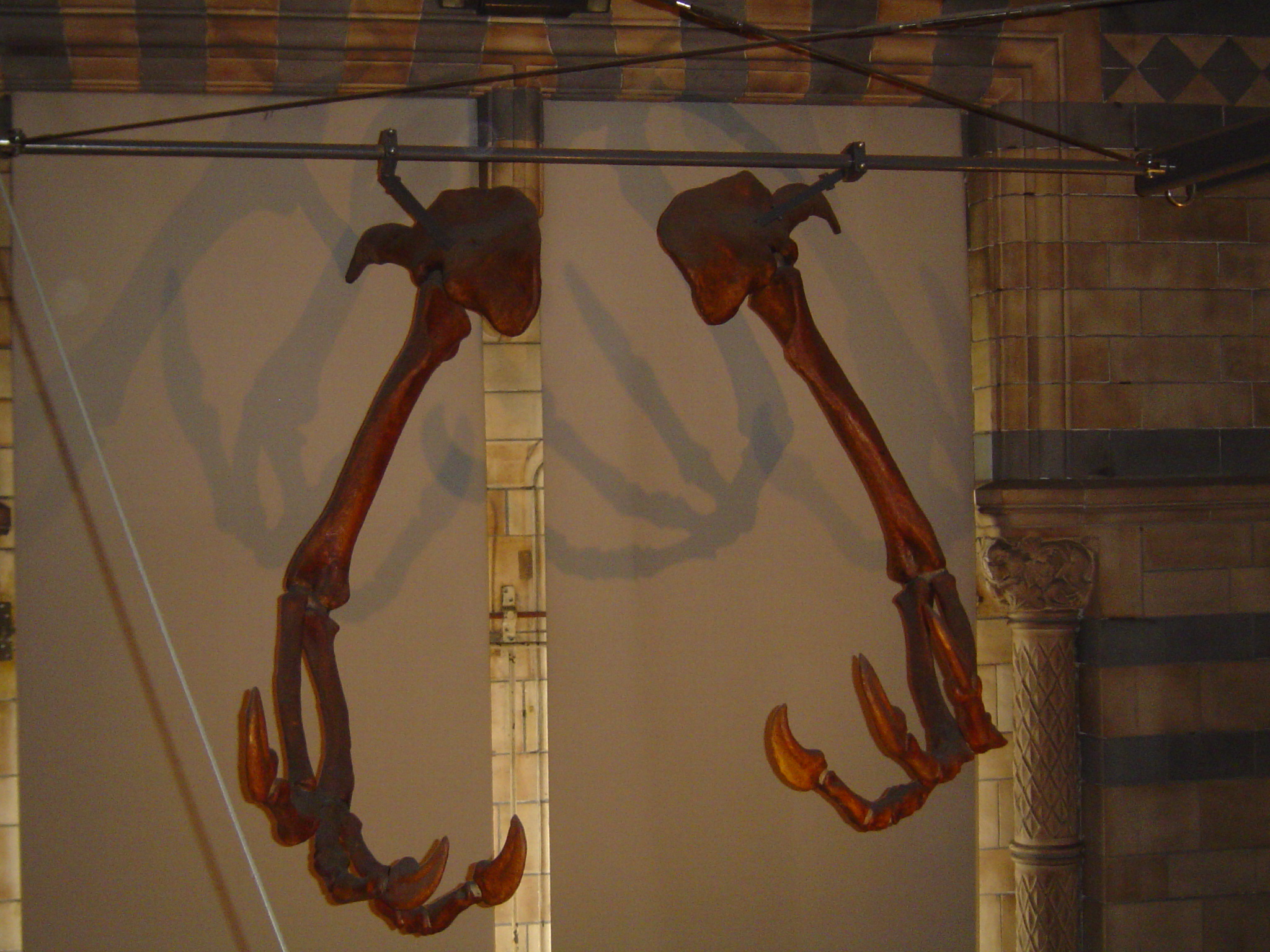
In 2006, nearly four decades after the original discovery, luck finally smiled upon the paleontological community. A joint Korean-Mongolian expedition discovered new Deinocheirus fossils in the same formation where the original arms had been found. The excitement was palpable – finally, there was hope of solving the decades-old mystery.
The new specimens included partial skulls, vertebrae, and other skeletal elements that provided crucial missing pieces of the puzzle. For the first time, scientists could begin to see the bigger picture of what Deinocheirus actually looked like. The initial analysis suggested that the creature was even more unusual than anyone had imagined.
However, the specimens were fragmented and required years of careful preparation and study. The scientific community had to exercise patience once again, but this time there was genuine reason for optimism. The mystery that had captivated generations of paleontologists was finally beginning to unravel.
The Complete Picture Emerges
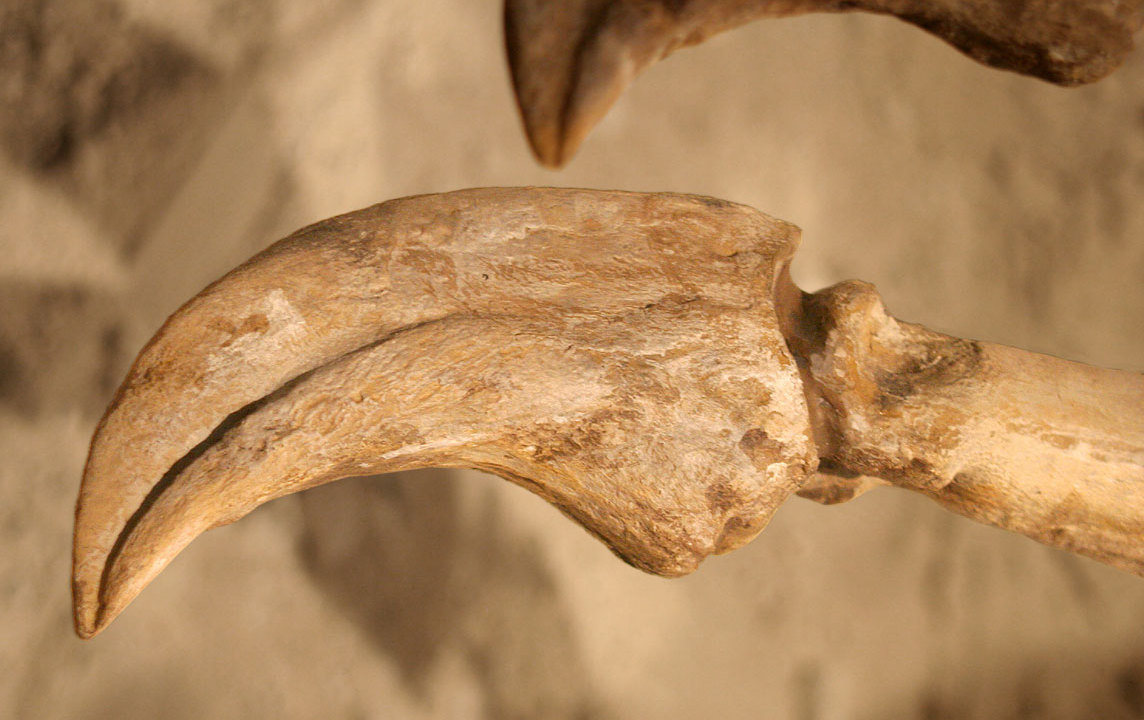
By 2014, paleontologists had assembled enough evidence to publish a comprehensive description of Deinocheirus. The results were stunning and completely unexpected. Rather than being a fearsome predator, Deinocheirus was revealed to be a massive, plant-eating dinosaur that stood about 16 feet tall and measured over 40 feet in length.
The creature’s appearance was unlike anything in the dinosaur world. It had a long, narrow skull with a duck-like bill, perfect for stripping vegetation. Its body was massive and robust, supported by powerful legs that could carry its enormous weight. The famous arms, while huge, were perfectly proportioned for the creature’s body size.
Perhaps most surprising was the discovery of a large sail-like structure on its back, similar to that of Spinosaurus. This feature had never been predicted by any of the previous theories and added another layer of complexity to the creature’s biology. The sail might have been used for display, temperature regulation, or both.
A Gentle Giant Revealed
The revelation that Deinocheirus was a herbivore rather than a predator turned decades of speculation on its head. The massive claws that had inspired so much fear were actually tools for pulling down vegetation and stripping bark from trees. The creature’s lifestyle was probably more similar to a modern elephant than to any predatory dinosaur.
This discovery highlighted how easy it is to misinterpret fossil evidence when working with incomplete specimens. The scientific community had spent decades imagining a monster, when in reality, Deinocheirus was probably a gentle giant that spent its days peacefully browsing on plants. The irony was not lost on researchers who had previously envisioned it as a super-predator.
The creature’s feeding strategy was likely unique among dinosaurs. With its massive reach and powerful claws, it could access vegetation that other herbivores couldn’t reach. This specialization may have allowed it to thrive in environments where food competition was intense.
The Aquatic Lifestyle Theory
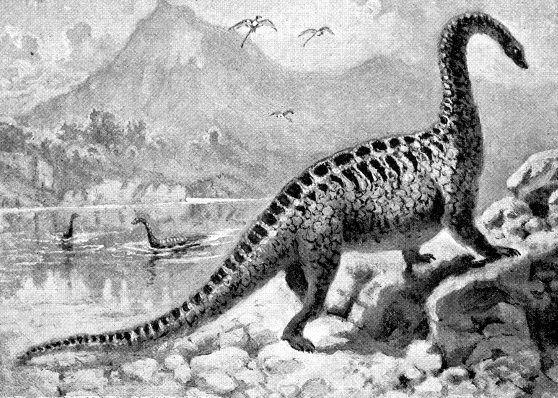
New evidence suggested that Deinocheirus spent considerable time in aquatic environments. The creature’s bones showed adaptations for swimming, including dense bone structure that would have helped with buoyancy control. Its webbed feet were perfectly designed for paddling through water, while its long neck would have allowed it to reach underwater vegetation.
The discovery of fish scales and other aquatic prey in the creature’s stomach region revealed that it supplemented its plant-based diet with fish and other water-dwelling creatures. This omnivorous lifestyle was unexpected for such a large dinosaur and added another layer of complexity to its ecology. The massive arms would have been perfectly suited for catching fish or stirring up sediment to uncover aquatic prey.
This semi-aquatic lifestyle explained many of the creature’s unusual features, including its duck-like bill and robust build. Like modern hippos, Deinocheirus probably spent its days in water to support its massive weight and avoid overheating in the hot Cretaceous climate.
Revolutionary Impact on Paleontology
The complete description of Deinocheirus sent shockwaves through the paleontological community. It demonstrated that ornithomimids could evolve to enormous sizes and adopt completely different lifestyles from their smaller relatives. This discovery expanded our understanding of dinosaur evolution and showed that these creatures were far more diverse than previously imagined.
The case also highlighted the importance of patience in paleontology. While the scientific community was frustrated by the decades-long mystery, the eventual discovery of complete specimens provided far more information than rushed conclusions based on limited evidence would have allowed. The wait was ultimately worth it.
The discovery revolutionized museum displays and popular depictions of dinosaurs. Suddenly, the fearsome predator that had graced countless books and documentaries was revealed to be a peaceful plant-eater. This transformation required a complete reimagining of Late Cretaceous ecosystems and food webs.
Lessons from the Mystery

The Deinocheirus saga taught paleontologists valuable lessons about the dangers of speculation based on incomplete evidence. While scientific theories and hypotheses are necessary for advancing knowledge, the case showed how easy it is to construct elaborate narratives from limited fossil material. The creature’s true nature was so different from the predictions that it humbled the entire field.
The discovery also emphasized the importance of international collaboration in paleontology. The original Polish-Mongolian expedition, followed by the Korean-Mongolian team that found the additional specimens, demonstrated how cross-cultural scientific partnerships can solve long-standing mysteries. Without these collaborative efforts, the puzzle might never have been solved.
Modern paleontologists now approach incomplete specimens with greater caution, using advanced imaging techniques and statistical analysis to avoid the pitfalls that led to decades of speculation about Deinocheirus. The case serves as a reminder that nature is often stranger and more wonderful than our imaginations can conceive.
The Monster That Never Was
Looking back at the decades of speculation about Deinocheirus, it’s fascinating to see how the scientific community’s collective imagination created a monster that never existed. The creature became a symbol of prehistoric terror, inspiring everything from monster movies to children’s nightmares. In reality, it was probably no more dangerous than a modern giraffe.
This transformation from monster to gentle giant reflects our changing understanding of dinosaur behavior and ecology. Early paleontologists often depicted dinosaurs as savage beasts locked in constant combat, but modern research reveals a more nuanced picture of complex ecosystems filled with diverse lifestyles and behaviors.
The Deinocheirus mystery also highlights how popular culture can influence scientific thinking. The creature’s fearsome appearance in books and documentaries may have unconsciously biased researchers toward predatory interpretations of the evidence. Breaking free from these preconceptions required not just new fossils, but new ways of thinking about dinosaur evolution.
Modern Mysteries Still Await
The successful resolution of the Deinocheirus mystery gives hope for solving other paleontological puzzles. There are still numerous enigmatic dinosaur species known only from fragmentary remains, each waiting for their moment of revelation. The Gobi Desert continues to yield new discoveries, and advanced excavation techniques are uncovering fossils that previous generations of paleontologists missed.
The story of Deinocheirus has inspired a new generation of researchers to approach incomplete specimens with both skepticism and wonder. They understand that the next major discovery could completely overturn our understanding of dinosaur evolution, just as the complete Deinocheirus skeleton did decades after the original arms were found.
Future discoveries may reveal even more surprising aspects of dinosaur biology and behavior. The Deinocheirus case proved that these ancient creatures were capable of evolutionary innovations that we’re only beginning to understand, and there are undoubtedly more surprises waiting in the rocks.
The revelation of Deinocheirus as a gentle giant rather than a terrible predator transformed our understanding of dinosaur diversity and challenged decades of scientific speculation. This remarkable creature, with its massive arms and peaceful lifestyle, proved that nature’s creativity far exceeds our ability to predict it. The 50-year journey from mysterious limbs to complete understanding serves as a testament to the patience and persistence required in paleontology. What other prehistoric mysteries are waiting in the rocks for their moment of revelation?



